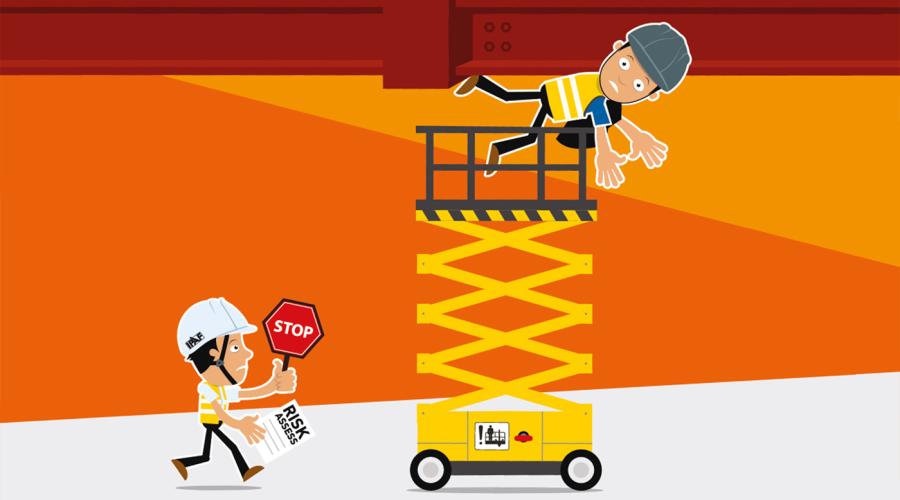6740: Can I get the CSCS logo on my PAL Card?
IPAF is able to offer the CSCS logo on the PAL Card operator licence in the UK, in line with a requirement from Build UK stipulating that access to construction sites should be restricted to holders of accredited licences or competency cards.
Operators of MEWPs who are members of any construction trade body that affords CSCS accreditation will not need a CSCS logo to be added to their PAL Card. MEWP delivery drivers, maintenance or MCWP installation engineers, on-site instructors or operators who do need even occasional access to UK Construction sites and who do not already hold another accreditation recognised under the CSCS partner scheme are advised to contact the training centre where their current PAL Card was issued.
Candidates who are undergoing training or a refresher course with the goal of obtaining a new or updated PAL Card are likewise advised to enquire of their IPAF-accredited training centre as to how to obtain a PAL Card with the CSCS logo.
In all cases operators will have to supply proof of having passed the CITB Health, Safety & Environmental touch screen test within the two years prior to application for the card.

